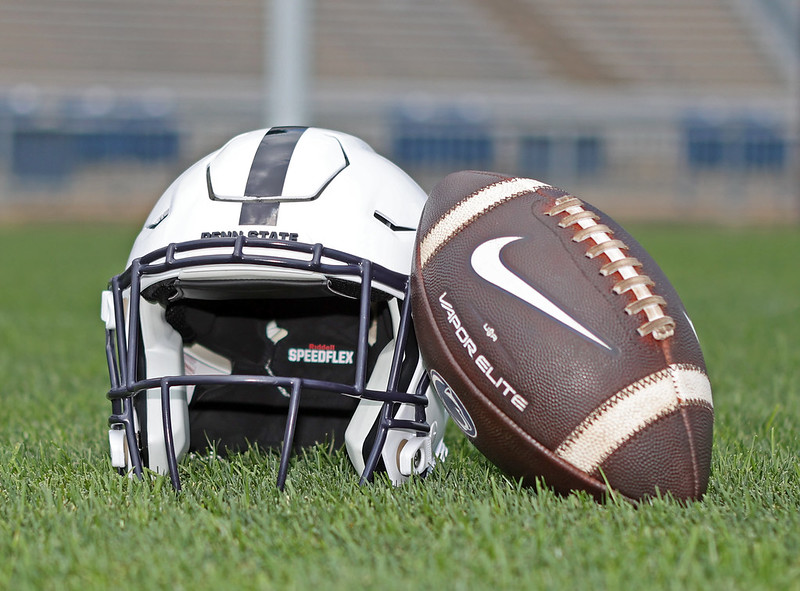By JEFFREY SUMMERS
DO, Geisinger pediatric sports medicine physician
CENTRE COUNTY — Jersey? Check. Helmet? Check. Athletic cup or pelvic protector? If you’re a parent of an athlete, that last one may be a head-scratcher.
An athletic cup, also called a “jock,” and a pelvic protector, sometimes called a “jill,” are devices that protects a player’s genital area from injuries during high-contact sports. Both devices shift impacts away from sensitive groin structures to the sturdier pelvic bone, guarding against hits and kicks or collisions with a ball, puck, stick or player’s helmet.
They’re often overlooked — many athletes choose not to use them. But even if your child only goes in for a few minutes of play, don’t skip the protection.
Just like a helmet, an athletic cup or pelvic protector is a critical piece of gear in contact sports.
For high-contact sports, even the smallest players can benefit from the added protection. When your child is on the field, they’ll have run-ins with a loose ball, a hockey or lacrosse stick — or another player. Those collisions can put your child at risk of a hit to the crotch. Sports where groin protection is necessary, and possibly required, include baseball, basketball, field hockey, football, hockey, lacrosse, martial arts, soccer, softball and others.
So, how young is too young to start wearing one? As soon as your child starts playing high-impact sports they should wear appropriate groin protection.
That said, the risk increases with age. Injuries can range from mild bruising and swelling to more serious things like:
- Groin strains or sprains
- Inguinal hernias
- Sports hernias
- Testicular rupture
- Testicular torsion
Vulva-related injuries can include:
- Hematoma (A severe bruise that may need to be drained.)
- Labial tears
You can find athletic cups online or at your local sporting goods store. Wearing a jill or pelvic protector can stave off trauma to this sensitive region.




